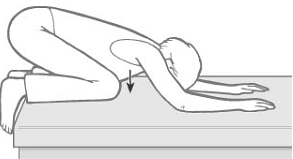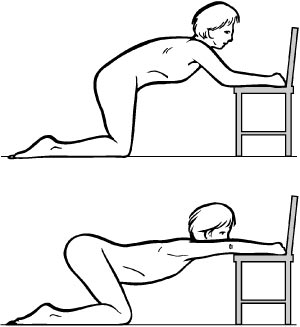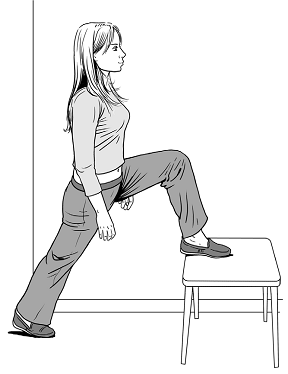This week we will go over some simple postural exercises you can do to improve your posture. Certain areas of the body are particulary important with regards to upright posture. The following postural exercises will help address those key areas.
Take a moment, place one hand on your chest and the other on your abdomen, and just breathe naturally. Where is the movement occurring? Is it mostly into your chest or into your abdomen? For many people the normal pattern of ‘abdominal’ breathing has been substituted for a ‘chest’ breathing pattern. Breathing in this way overloads the muscles of the neck and shoulders and is a very common contributor to excess tightness and faulty posture.
Breathing Exercise

Sitting in a slumped position leads to stiffness and tightness in the mid-back and over time results in an inability to fully straighten the mid-back and achieve a fully upright posture. This will impact neck, shoulder and low-back pains.
Exercise

Having the legs flexed at the waist for long periods can result in tightness/ shortening through the muscles at the front of the hip (the hip flexors). Shortening in the hip flexors can cause an ‘over-arching’ of the low back altering posture and increasing the risk for low back pain.

Exercise
Are you worried about your posture? Click here to find out how treatment at Dynamic Health can help
Liebenson. C., Journal of Bodywork and Movement Therapies
This post was written by Steffen Toates. Steffen is a chiropractor at Dynamic Health Chiropractic in Jersey, Channel Islands. For more infomation about Steffen click here.
© 2025 Dynamic Health. Powered by Oncord
Leave a Comment